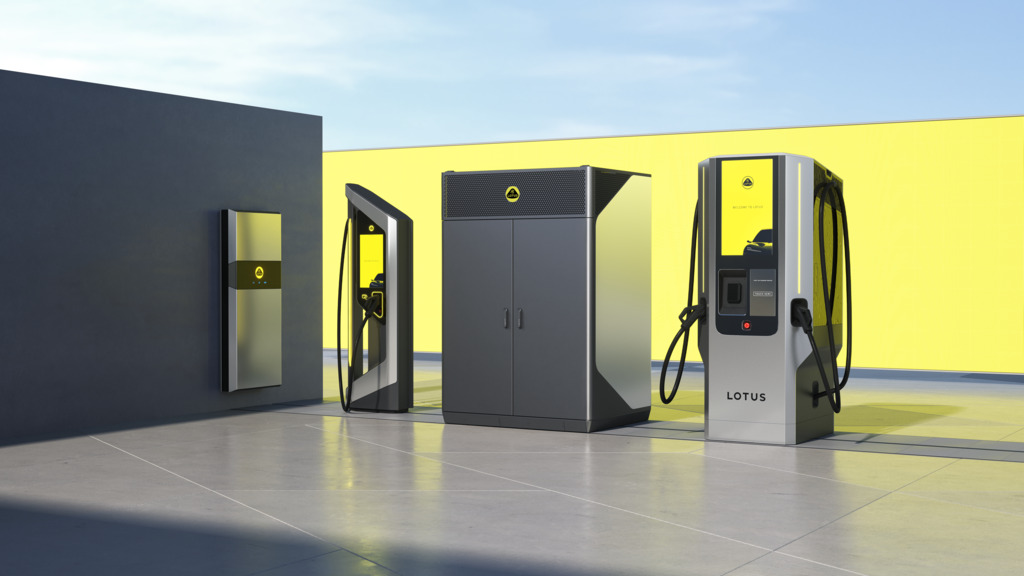The traditional supply chain model typically involves product development, prototyping, production, distribution, and warehousing happening in several physical locations spread across the globe. Parts are physically moved from one stage to the next – a concept that may seem archaic in today’s digital world.
3D printing has the potential to drastically shrink a company’s supply chain by consolidating locations and digitizing the link between those locations that remain.
A leaner supply chain, coupled with minimal inventory and warehousing of parts, has direct benefits to the bottom-line, which could become a reason to accelerate the adoption of 3D printing technology at your company.
Maersk, a Danish shipping vessel company employing nearly 90,000 people worldwide, is experimenting with onboard 3D printing, since transporting repair parts from the mainland to a sea-bound vessel is expensive and time-consuming.
When spare parts are needed, engineers in Denmark send digital files via the Internet to the ship.
The parts are then manufactured and immediately installed. Transportation costs, potential shipping delays, and other issues are completely avoided with this solution.
I recently had to de-board my flight because a passenger on the previous leg decided to take a piece of the plane as a souvenir. It was only a small light bulb cover that was missing, but the airplane was grounded and taken out of service because a replacement was not readily available.
An on-site 3D printer at the airport could have solved that problem ASAP—saving both time and money, and lots of headaches and frustrations.
But the sad reality is the cancellation of my 9:30 a.m. flight undoubtedly caused a ripple effect of delays across the nation for the rest of the day. And although I can’t personally measure the impact of the delay in dollars, I guarantee it is a net negative.
Consumer markets are experimenting with alternative supply chain models as well. The UPS Store, which now offers on-demand 3D print services to the public in select locations, is just one of many
examples.
As companies continue to increase their adoption of 3D printing technology, they see greater savings in maintenance, repair, and operations (MRO) costs.
A recent analysis of industrial manufacturing shows the airline industry calculated a pre-tax profit increase of $1 billion per year if only 15% of inventoried parts were 3D printed. An implementation rate of 50% bumped that number up to $3.4 billion.
There are likely numerous applications for 3D printing still unimagined. The potential for savings is enormous with positive impacts not only in the supply chain, but also many other areas within a company as well.
Guest blogger Tyler Reid is a CAD, CAM, and a 3D printing specialist. His early interest in machines and machine tools led him to study Mechanical Engineering at the University of Utah. Before graduating with his Bachelor of Science in 2009, he began his professional career at BD Medical, where he was involved in developing, testing, and manufacturing a new drug infusion technology. Now an Applications Engineer focused on 3D printing, Tyler leans on his technical background and experience to present and speak on industrial additive manufacturing applications.






